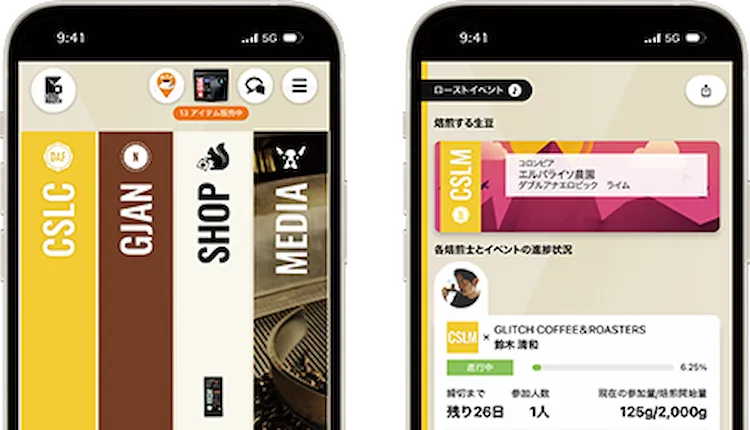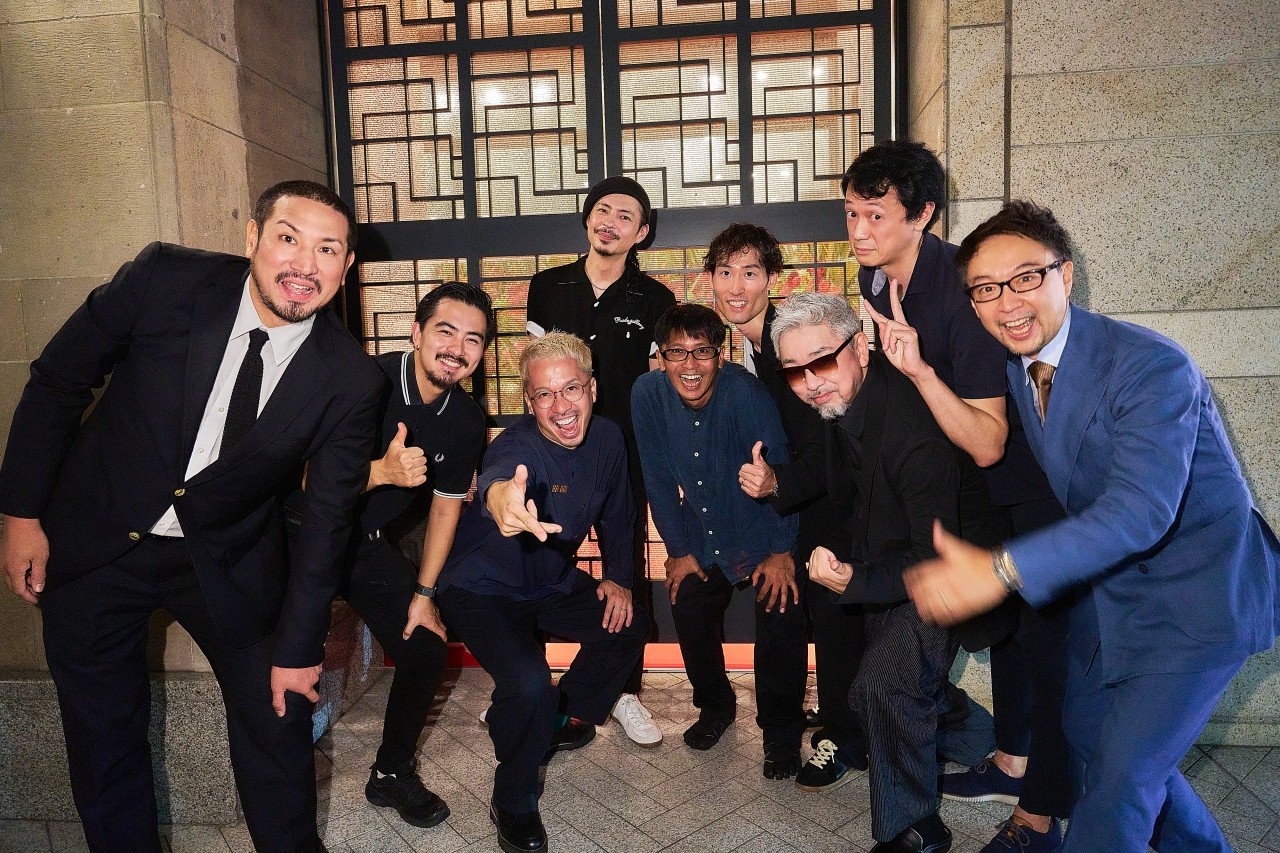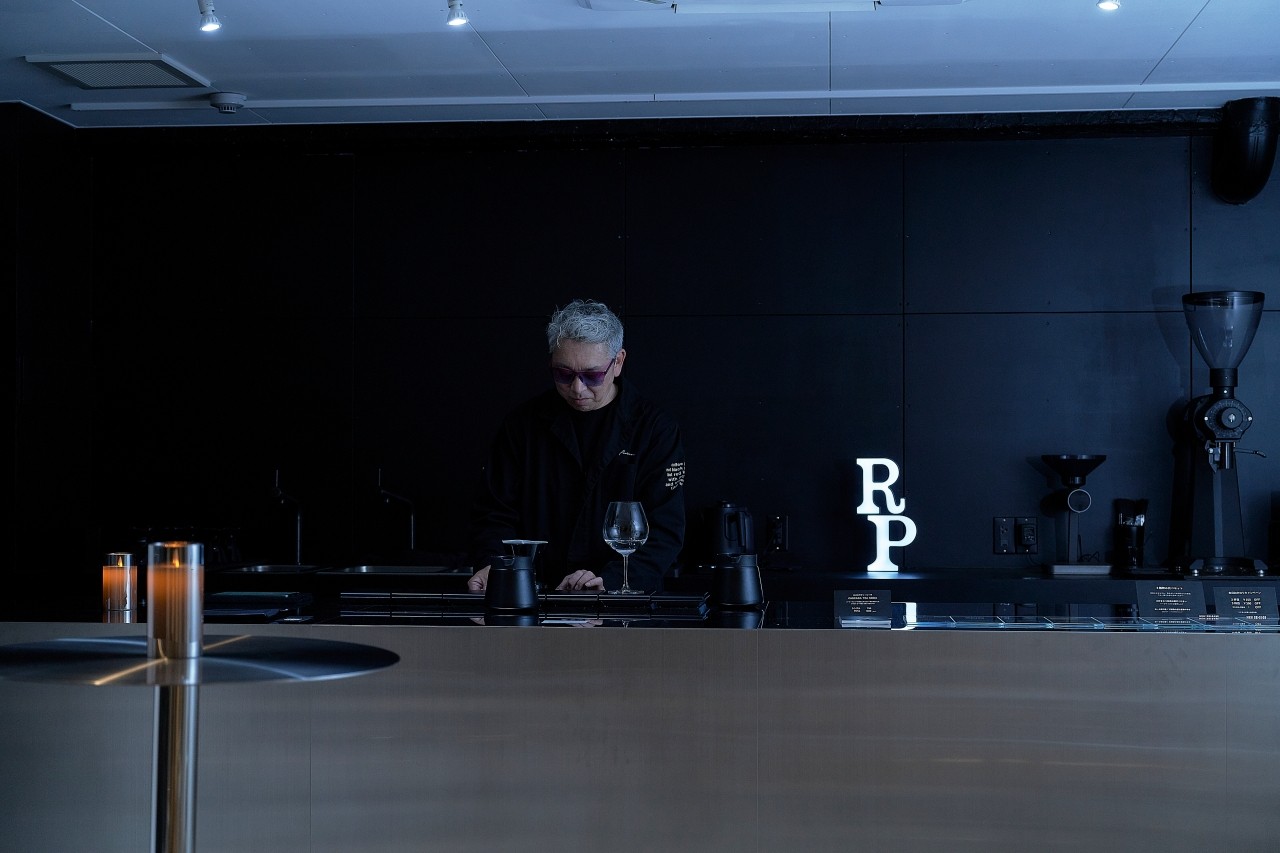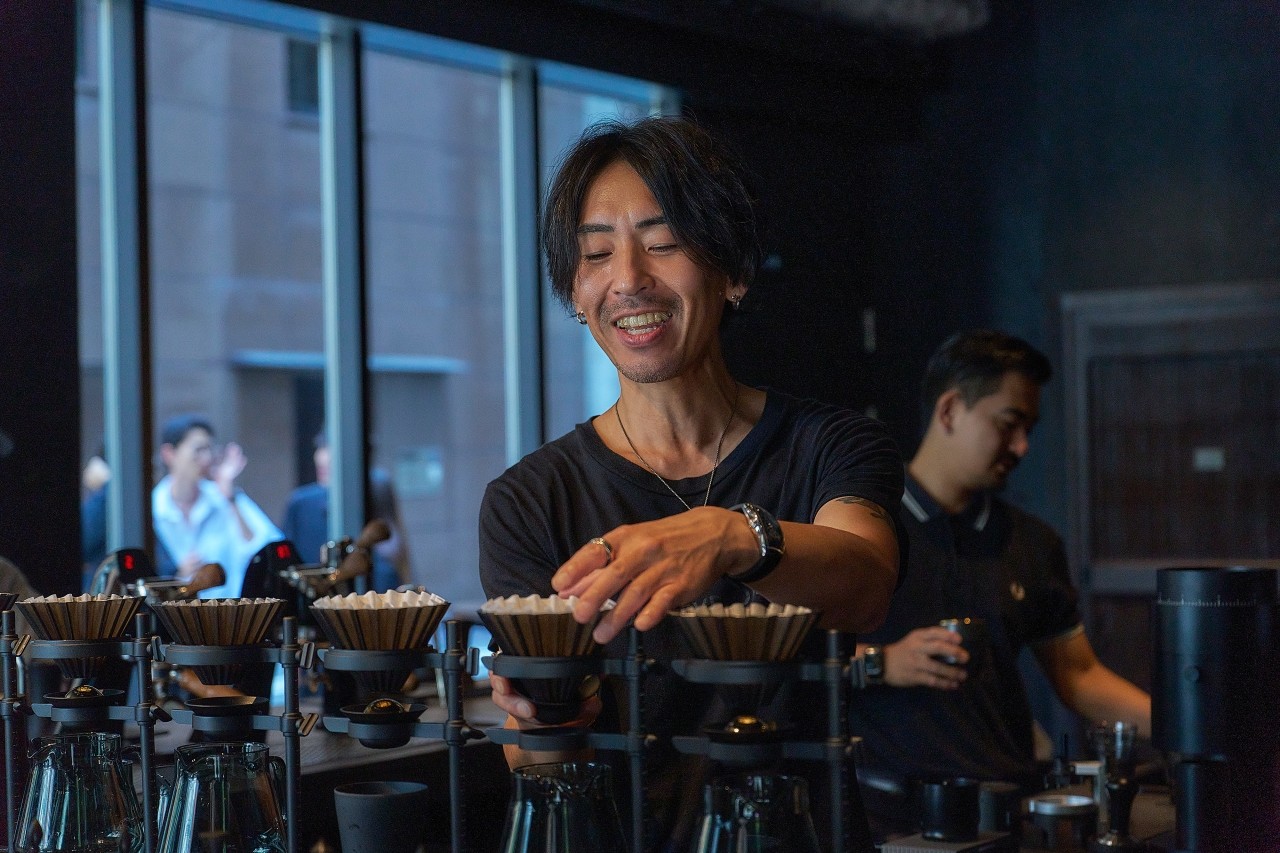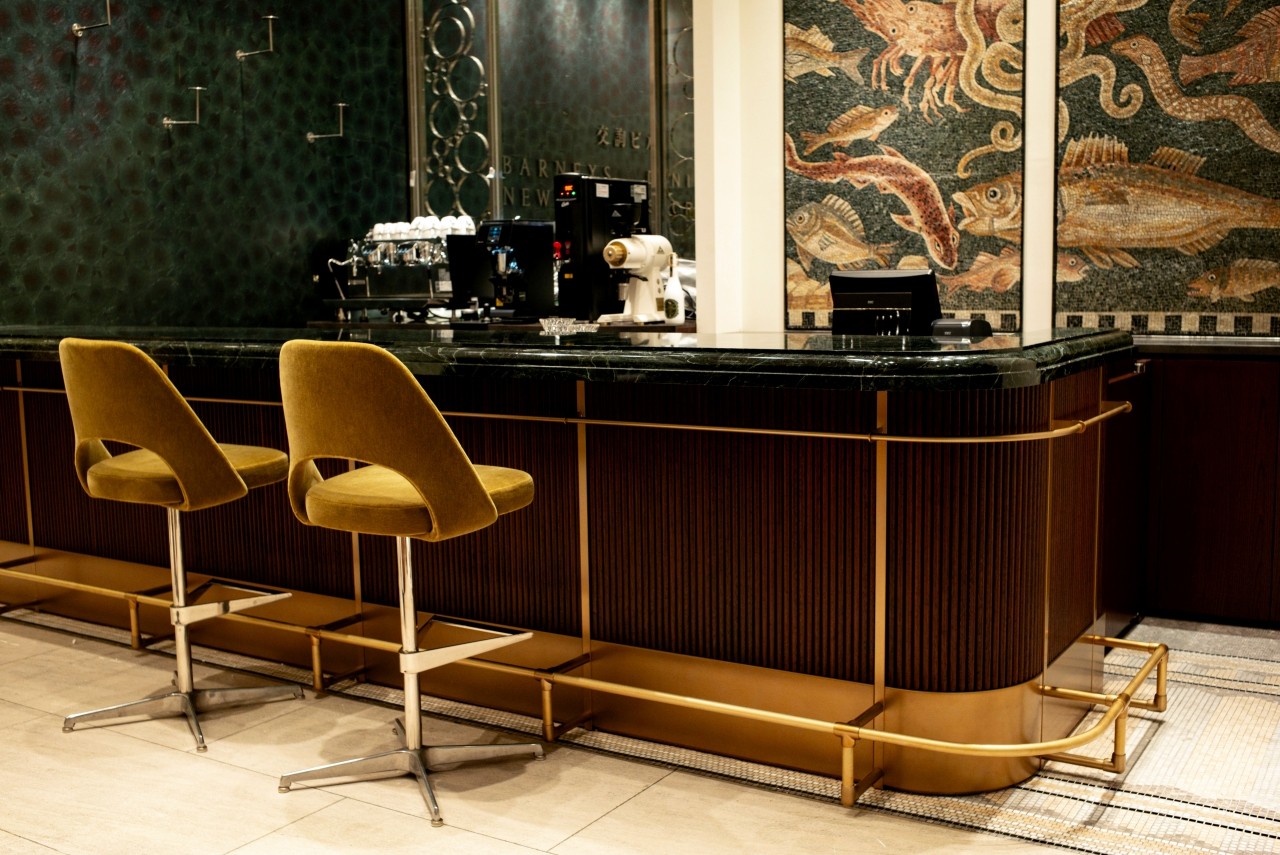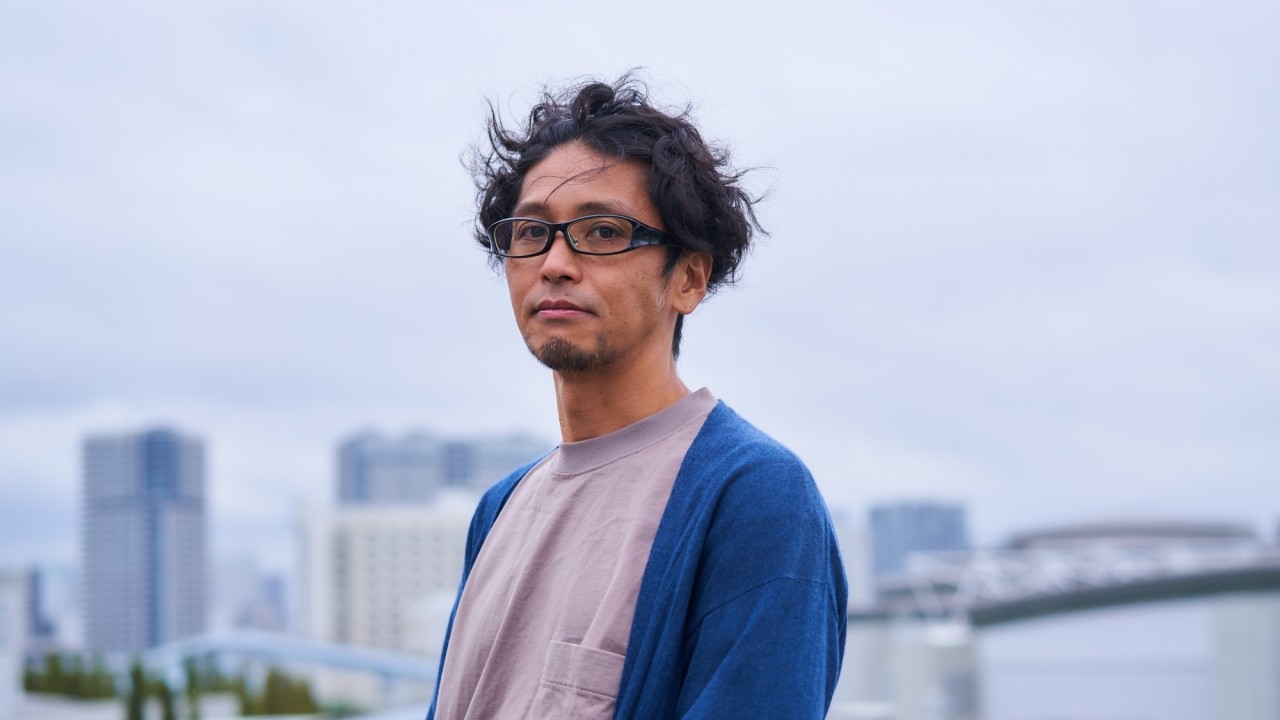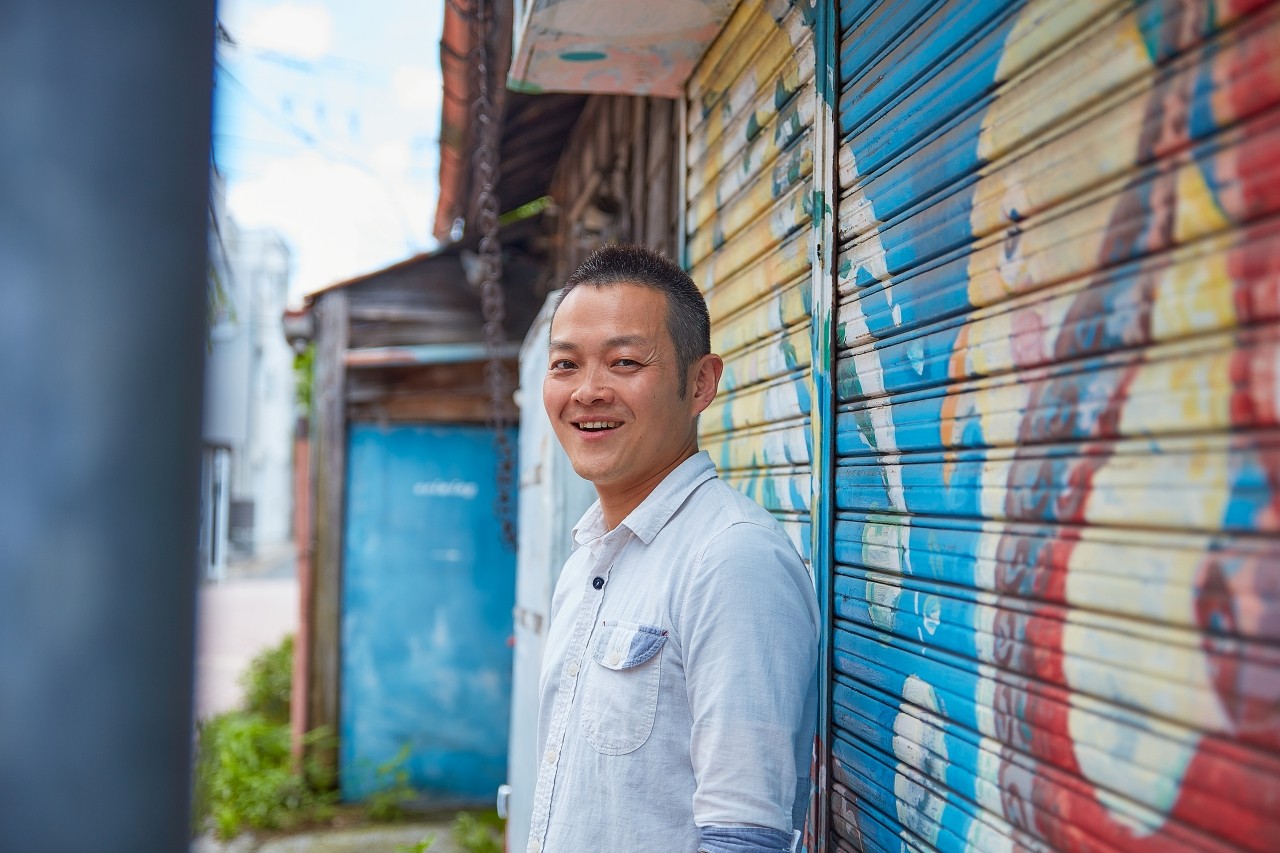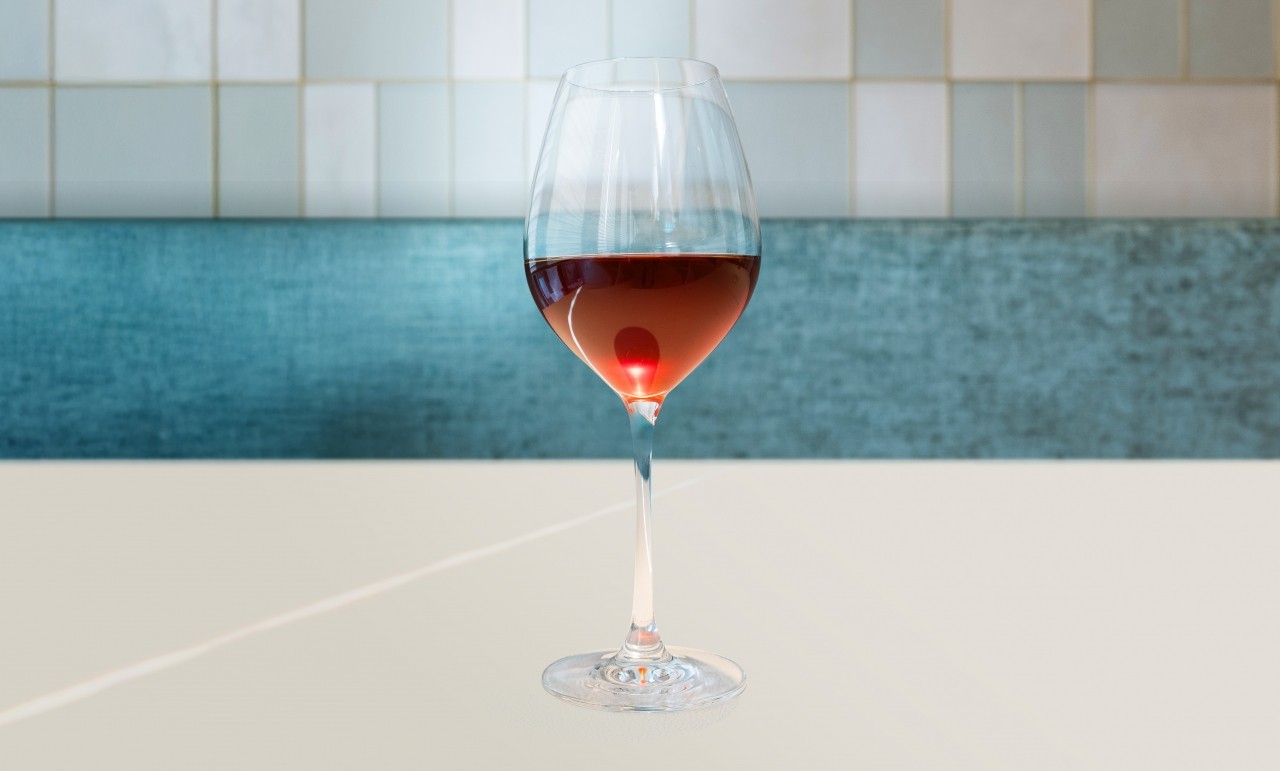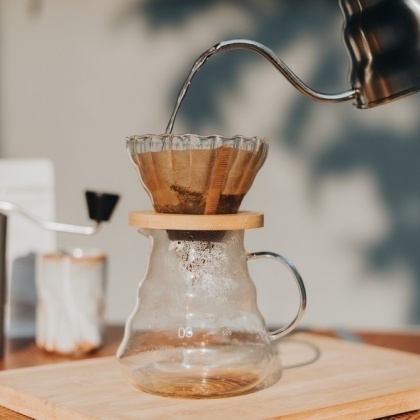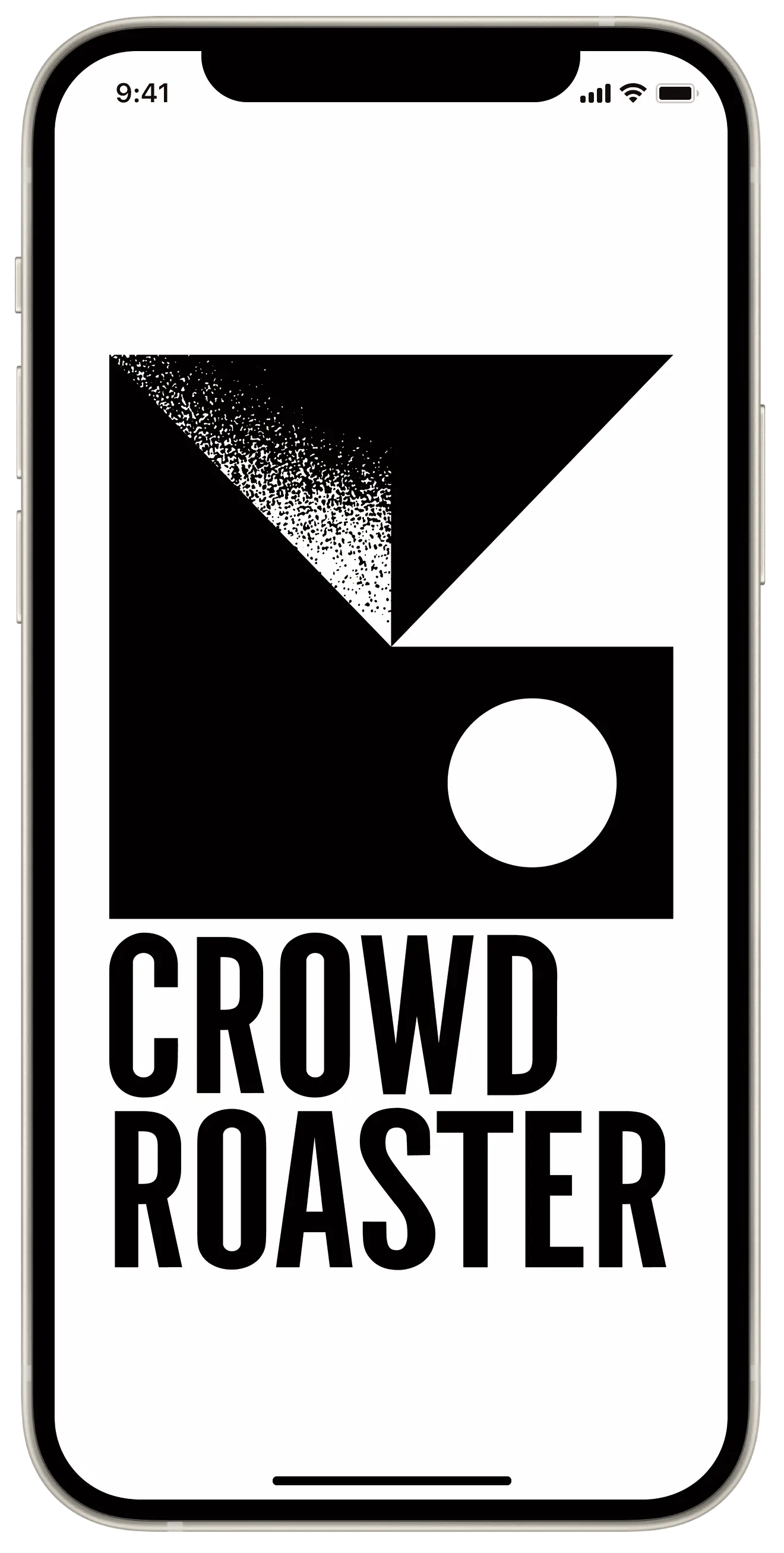Understanding coffee brands (1) What are specific brands?
When buying coffee beans or ordering coffee at a coffee shop or cafe, everyone has had the experience of being confused because there are multiple coffee brands available. In such a case, the first thing to check is the name of the brand.
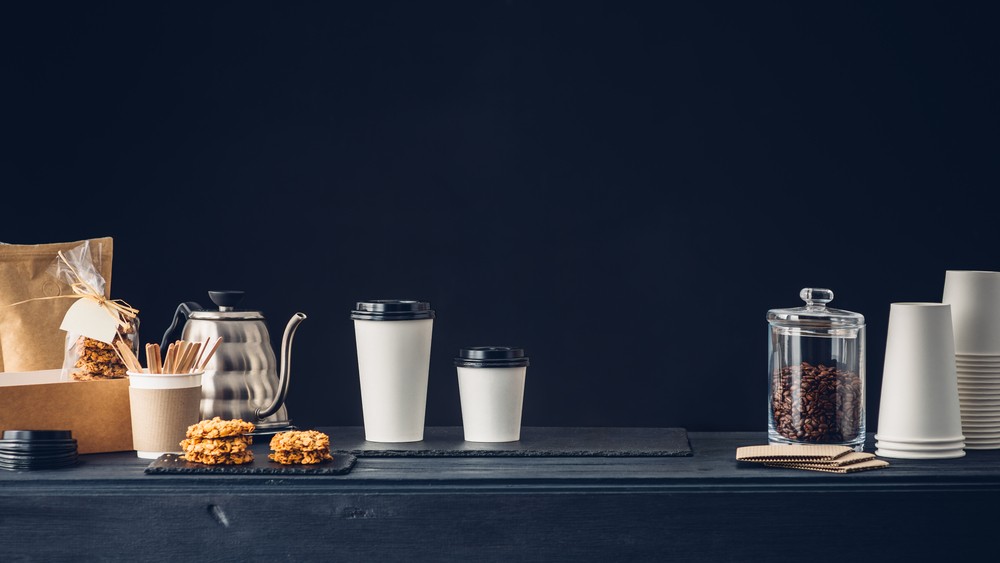
How is the coffee brand named? In this series, I would like to unravel this.
In the world of specialty coffee, traceability of coffee beans is considered important, and brands are often selected based on a combination of the following elements.
・Country of production, region of production, farm name, variety, process, common name by producer
Among these, the one that best represents the characteristics of the coffee is selected (we will dig deeper into this area in a later article).
Other brand names that you often see are those with alphabetical symbols, such as "Country of Origin (Production Region) AA" and "SHB." This indicates the grade of coffee.
Each producing country and region has its own grade, and those approved by the producing country are exported as that grade. Standards also vary depending on each producing country/region, such as altitude, screen size (the larger the grade, the higher the grade), and the number of defective beans.
In the future, I would like to organize this information by country and region.
This time, we will be covering the basics of stocks, such as " Blue Mountain " and " Kilimanjaro ," which are also commonly seen.
Other brand names that you often see are those with alphabetical symbols, such as "Country of Origin (Production Region) AA" and "SHB." This indicates the grade of coffee.
Each producing country and region has its own grade, and those approved by the producing country are exported as that grade. Standards also vary depending on each producing country/region, such as altitude, screen size (the larger the grade, the higher the grade), and the number of defective beans.
In the future, I would like to organize this information by country and region.
This time, we will be covering the basics of stocks, such as " Blue Mountain " and " Kilimanjaro ," which are also commonly seen.
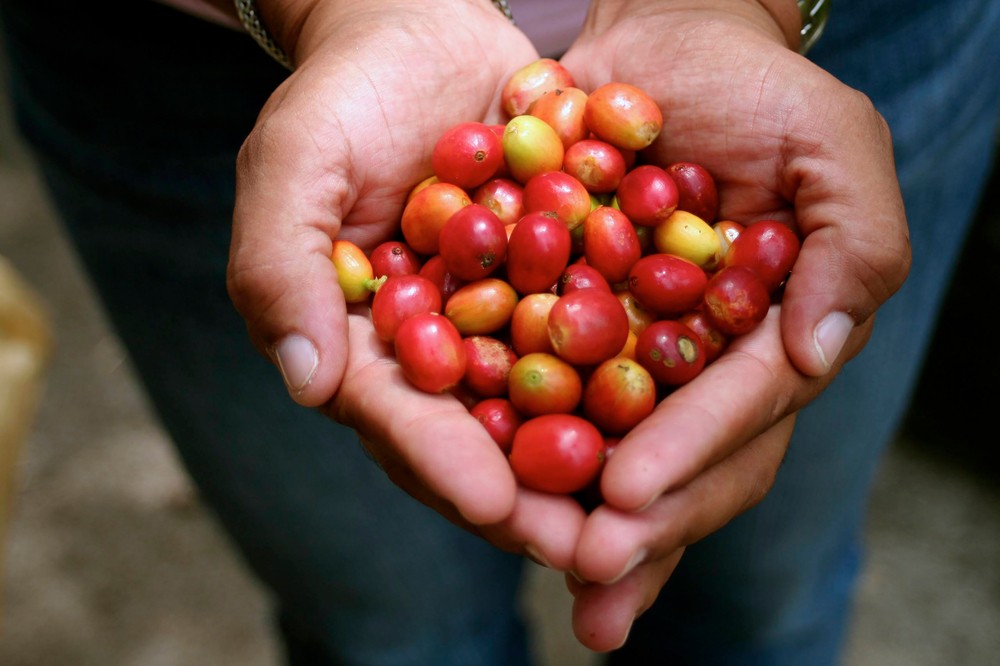
These are called "specified stocks" in Japan, and are clearly distinguished from the names we have covered so far.
This is because it is regulated by the Fair Competition Code and Enforcement Regulations for Labeling Regular Coffee and Instant Coffee, which was formulated by the All Japan Coffee Fair Trade Council and certified by the National Fair Trade Commission.
In the 1970s, there were various problems with the display of coffee brands, regions of origin, etc., so a coffee industry group created these display rules.
It can be said that the coffee brands stipulated here are so popular, especially in Japan, that rules are necessary.
Next, let's give a concrete example.
“Specified stocks” and their definitions
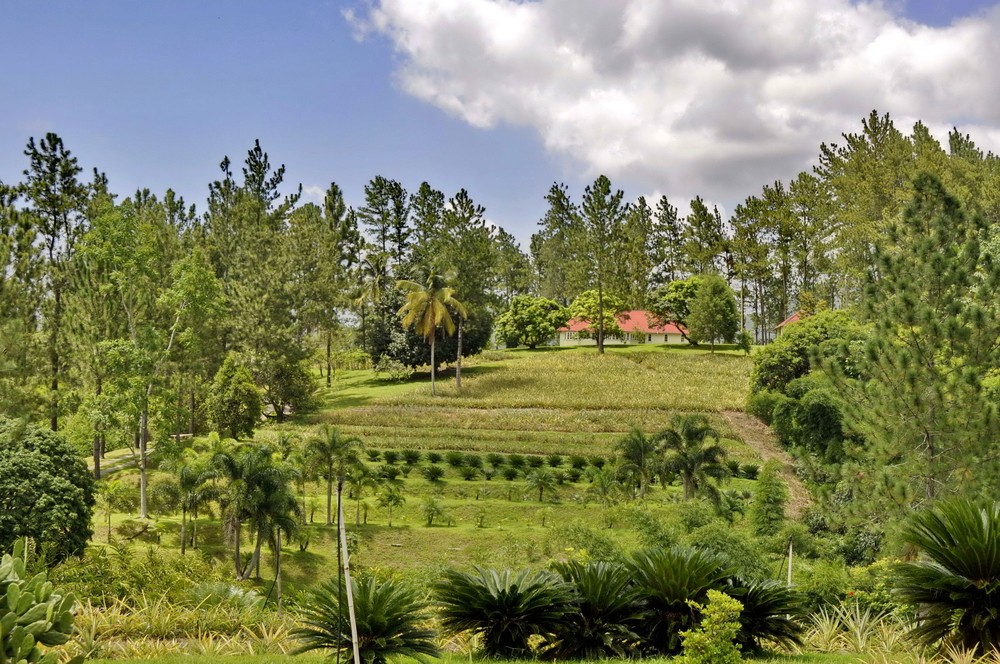
Blue mountain
Arabica coffee beans grown in the Blue Mountains region of Jamaica.
high mountain
Arabica coffee beans grown in Jamaica's High Mountain region.
Jamaica
Arabica coffee beans produced in Jamaica other than Blue Mountain and High Mountain.
crystal mountain
Arabica coffee beans produced in Cuba and based on the country's export standards.
Guatemala Antigua
Arabica coffee beans produced in the Antigua region of Guatemala.
columbia supremo
Arabica coffee beans produced in Colombia and based on the country's export standards.
Mocha Harrah
Arabica coffee beans produced in the Harar region of Ethiopia.
Mocha Matari
Arabica coffee beans produced in Yemen.
kilimanjaro
Arabica coffee beans produced in Tanzania. However, this does not include Arabica coffee beans grown in the Bukoba area.
Toraja
Arabica coffee beans produced in Toraja, Sulawesi, Indonesia.
Karoshi
Arabica coffee beans produced in the Kalosi area of Sulawesi, Indonesia.
Gayo Mountain
Arabica coffee beans produced in the Takengon region of Sumatra, Indonesia.
mandolin
Arabica coffee beans produced in North Sumatra and Aceh provinces of Indonesia (excluding the Gayo Mountain production area around Takengon).
hawaii kona
Arabica coffee beans produced in the South Kona and North Kona regions of Hawaii, USA.
The above 14 types are brands regulated by the All Japan Coffee Fair Trade Council.
In order to protect the brand on the producing country side, there are systems in place that allow only coffee beans that have passed a certain quality or place of origin restriction to bear a brand name (such as Blue Mountain); There is also.
Additionally, if used in a blend, the brand must contain at least 30% of the raw beans.
This time, we first introduced "specific stocks" as a rule for displaying stocks.
These regulations are based on regulations by the Japanese industry, and are not certified by the country or region of production.
Next time, I would like to look at the grades determined by the production area.
2023.5.30
CROWD ROASTER
The above 14 types are brands regulated by the All Japan Coffee Fair Trade Council.
In order to protect the brand on the producing country side, there are systems in place that allow only coffee beans that have passed a certain quality or place of origin restriction to bear a brand name (such as Blue Mountain); There is also.
Additionally, if used in a blend, the brand must contain at least 30% of the raw beans.
This time, we first introduced "specific stocks" as a rule for displaying stocks.
These regulations are based on regulations by the Japanese industry, and are not certified by the country or region of production.
Next time, I would like to look at the grades determined by the production area.
2023.5.30
CROWD ROASTER
If you want to enjoy coffee more deeply
" CROWD ROASTER APP"
Manabu at CROWD ROASTER LOUNGE
・Push notifications for article updates・Full of original articles exclusive to CROWD ROASTER
・Direct links to detailed information about green beans and roasters
App-only features
- Choose green beans and roasters to create and participate in roasting events・CROWD ROASTER SHOP: Everything from beans to equipment is readily available
・GPS-linked coffee map function
